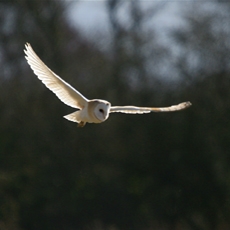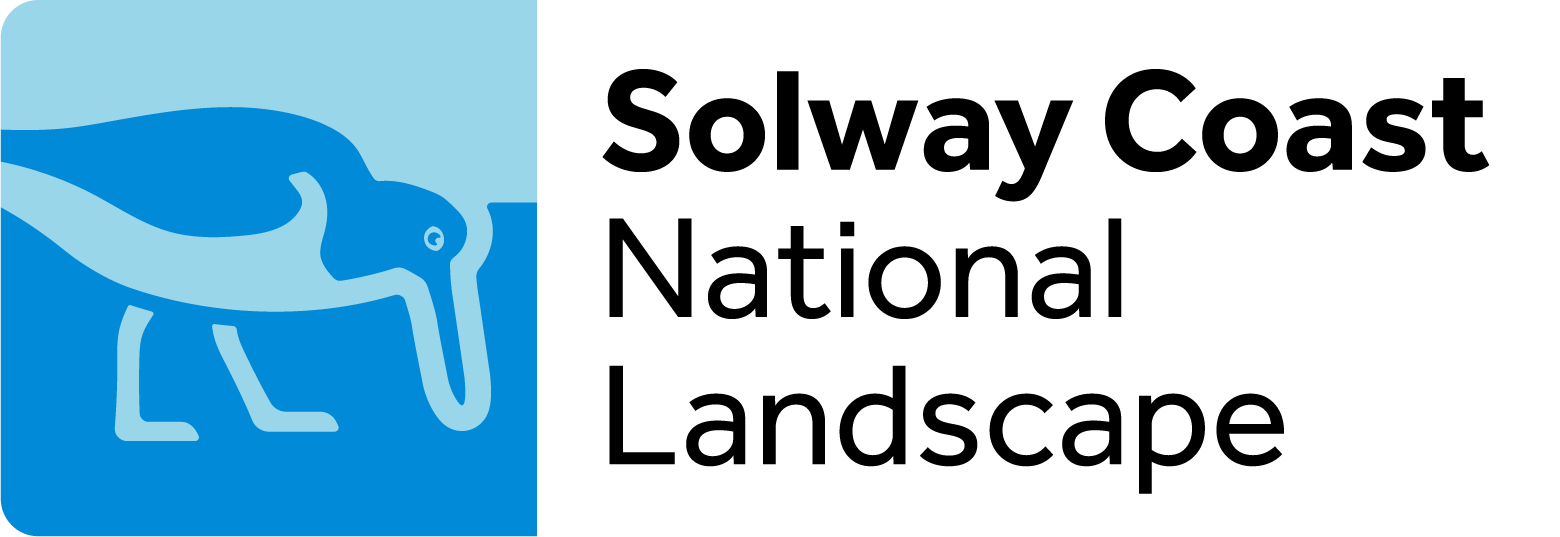Birds





Not a moment goes by when you can’t spot at least one species of bird as you explore the Solway Coast Area of Outstanding Natural Beauty.
The Solway Firth changes constantly thanks to the twice daily force of the tide and this creates a dynamic backcloth where birds are moved from their feeding grounds on to their roosting areas. It’s also an area driven by the seasons as migrating birds come and go, while others stay all year.
The wintering birds are generally arctic breeders that winter in the milder conditions of the Solway although some move further south, even as far as the African continent.
These passage migrants use the Solway Coast as a staging point where they take the opportunity to feed before moving to higher latitudes in spring and lower latitudes in the autumn.
The range of bird species that visit the Solway is dominated by the thousands of migratory waders and wildfowl that over-winter. The total population of the Svalbard breeding barnacle goose winter on the saltmarshes surrounding the estuary.
Pink footed geese, whooper swans and various dabbling ducks such as pintail, wigeon, shoveller and teal can be found throughout the inner estuary in large numbers. Wading birds like dunlin, oystercatcher, golden and grey plover, turnstone and curlew add to the spectacle.
Birds of prey are common and outside of the breeding season include peregrine, merlin, short eared owl and hen harrier.
Breeding birds like shelduck, snipe, lapwing, redshank and many others provide a constant backdrop of birdlife throughout the spring and summer. Behind the coastal areas lies the agricultural land and the lowland raised mires where many birds breed.
The Solway Coast has something to offer the birdwatcher all year round. You can pick up a free copy of our birdwatching book at the Discovery Centre in Silloth, or download one here.
Please look after the wildlife of the
Solway Coast Area of Outstanding Natural Beauty
Please keep your dogs on the lead around livestock and near the bird feeding and nesting sites. Dogs should be on a two-metre lead between 1 March and 31 July to protect our feathered friends.
During the breeding season, birds nest on the beach above the high water mark so please try not to disturb them as you walk or ride. They are at their most vulnerable when sitting on eggs. Stick to existing paths and tracks whenever possible, or walk below the high tide line if it’s safe to do so.
How do you recognise a distressed or disturbed bird?
- They will make a loud repeated alarm call – if they don’t sound happy, it means they’re not
- Some birds may dive bomb you as an obvious sign that they feel threatened by your presence
- They may fake an injury in the hope you will follow them away from the nest
What should you do?
- Keep dogs and birds apart and never allow your dog to chase the birds – keep it on a lead if you have to
- Take a wide route around birds that appear distressed. Move away quickly and quietly – even if that means you are going back the way you have come





